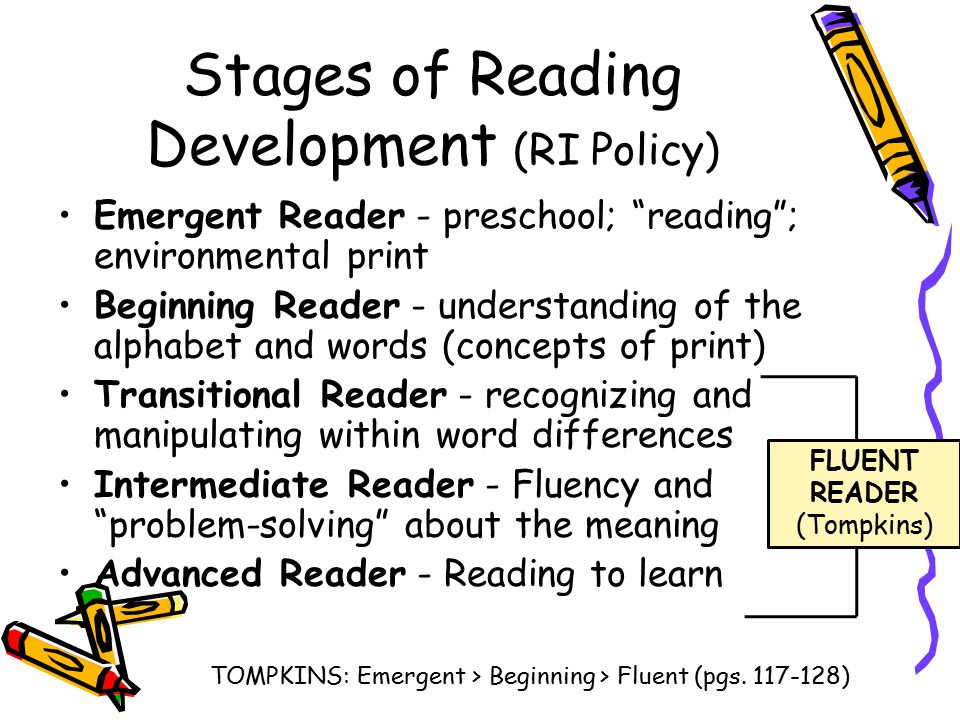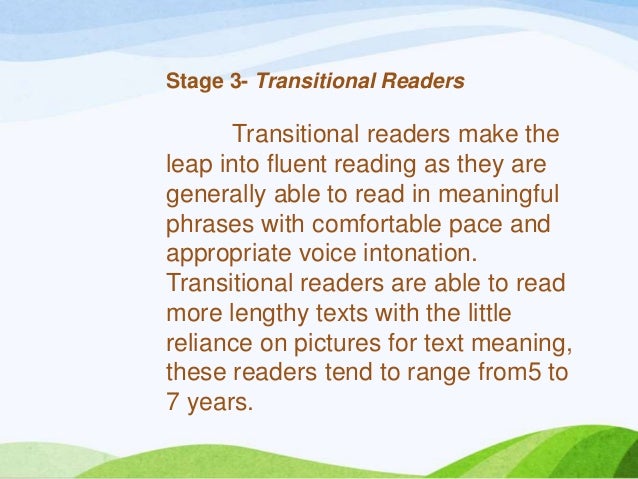Early Vs Late Transitional Reader
The student can identify many beginning and ending consonant sounds and long and short vowel sounds and is probably able to blend sounds and word parts to read simple words. That s why we ve put together a master list of level 1 reading books for children.
 The Next Step In Guided Reading Chapter One Guided Reading
The Next Step In Guided Reading Chapter One Guided Reading
Early and late transition states.

Early vs late transitional reader. Transitional readers possess a good number of sight words and high frequency words and they re learning to use an array of decoding strategies to solve unknown words. Transitional readers have passed the early stages of reading levels b h and are ready to start reading short chapter books and nonfiction with longer paragraphs. In contrast to other halogens iodine possesses the lowest electronegativity of all.
Since they ve passed the early stages of reading and are ready to begin reading books with longer paragraphs transitional readers generally need plenty of work in the area of comprehension. Student has mastered alphabet skills and letter sound relationships. Difficult picture books are great as students are learning to read with phrasing and rely less on illustrations for meaning.
Reading appears to be built on oral language decoding and reading skills. Here you ll find excellent engaging early reader books for your beginning readers. Transitional readers sometimes referred to as intermediate or nearly fluent readers have begun to adopt the reading behaviors that will allow them to progress toward more advanced reading skills.
For whatever reason the later starters had slightly better reading comprehension. Transitional reader 675 774. Seven and eight year old s will often fall into the transitional reader category.
In the transition state of a hypothetical methane iodination the c h bond is already. This research suggests some focus on teaching reading early could be relaxed. The late reader even beat his brother on the reading and writing portions of the sats scoring in the 700s on each.
Early emergent readers are beginning to learn sound symbol relationships starting with consonants and short vowels and are able to read cvc consonant vowel consonant words as well as a number of high frequency words. The student is also likely using a variety of. Growing readers want to read the best level 1 books books with great stories and information that will keep them excited about reading.
Later starters had no long term disadvantages in decoding and reading fluency. Interests of the reader have begun to evolve and mature content is more critical to the reader. The transitional reader is exemplified through a more independent reader who is able to use phonics and page clues to access meaning and flow through the story.
Around age 10 children learning to read at seven had caught up to those learning at 5. According to the hammond postulate early transition states are generally characteristic of rapid exothermic reactions. Keep them challenged by adding non text based sources of information such as videos and podcasts to your stock of interesting reading material.
Children usually enter this stage by second grade and begin developing the experience and skills necessary to make the transfer from learning to read to reading to learn.
 Problem And Solution School Site Problem Solution Reading Skills
Problem And Solution School Site Problem Solution Reading Skills
 Stages Of Spelling Development Ppt Video Online Download
Stages Of Spelling Development Ppt Video Online Download
 Daily 5 Shares Daily 5 Daily 5 Reading Read To Self
Daily 5 Shares Daily 5 Daily 5 Reading Read To Self
 Transition Words Google Search Transition Words Transition
Transition Words Google Search Transition Words Transition
 Principles Of Effective Teaching Of Reading And Writing And Oral
Principles Of Effective Teaching Of Reading And Writing And Oral
 Emergent Literacy Concepts Of Print And Stages Of Reading
Emergent Literacy Concepts Of Print And Stages Of Reading
 Use Research Based Instructional Activities To Teach Phonics And
Use Research Based Instructional Activities To Teach Phonics And
 The Structure Of A Guided Reading Lesson Reading Lessons Guided
The Structure Of A Guided Reading Lesson Reading Lessons Guided
 My Literacy Block Schedule Blog Post About How A 5th Grade
My Literacy Block Schedule Blog Post About How A 5th Grade
 Characteristics Of Emergent Reader
Characteristics Of Emergent Reader

0 Response to "Early Vs Late Transitional Reader"
Post a Comment